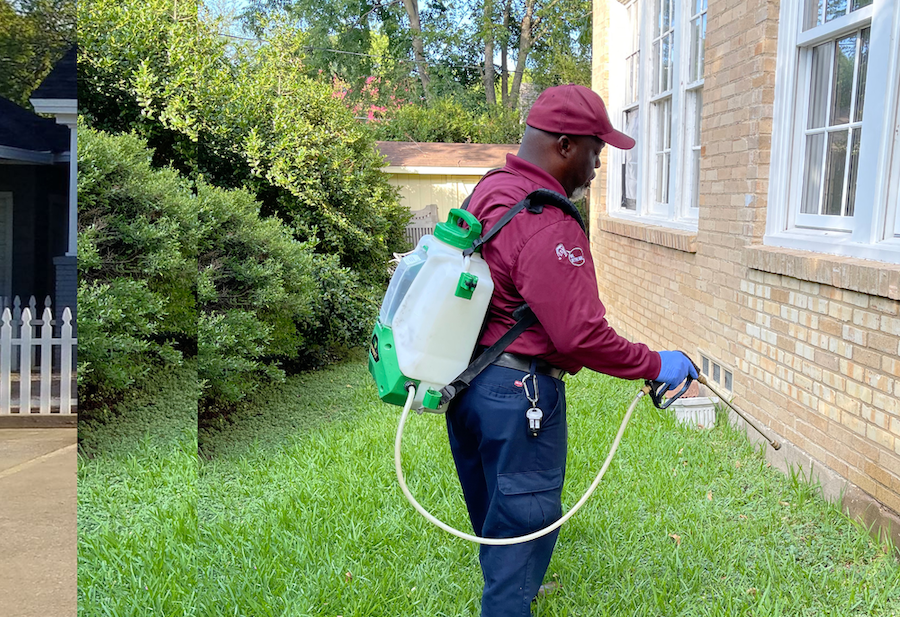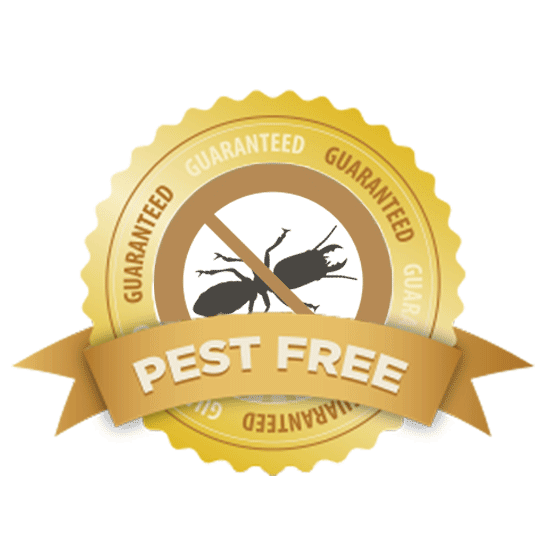Bed Pest Treatment Failure: Contrasting Chemical Vs. Non-Chemical Solutions
In the world of insect control, especially when taking care of the consistent problem of bed bugs, the choice in between chemical and non-chemical treatment remedies can be an essential one. Both methods supply distinct advantages and downsides, affecting factors such as performance, safety and security considerations, and general expense. By analyzing the nuanced information of each approach, a clearer understanding of which path to pursue in attending to a bed pest invasion can be achieved.
Performance of Chemical Treatments
Chemical treatments for bed bug infestations have actually been extensively identified for their fast and potent efficacy in eradicating these parasites. When thinking about the effectiveness of chemical therapies, it is crucial to understand that they can give a complete and quick solution to a bed pest issue.
In addition, chemical therapies have the advantage of offering recurring results, meaning that they can proceed to get rid of bed bugs also after the preliminary application. This recurring activity is particularly beneficial in combating any kind of prospective re-infestations. Furthermore, the fast action of chemical therapies can bring relief to people facing severe bed pest invasions, allowing them to gain back control of their home promptly.
Safety And Security Problems With Chemical Solutions
One important aspect that requires mindful factor to consider when making use of chemical remedies for bed insect therapy is making sure the safety of passengers and the environment. While chemical treatments can be reliable in eradicating bed insects, they might position dangers otherwise managed appropriately. Among the primary security interest in chemical remedies is the potential injury they can create to human health. Exposure to specific chemicals utilized in bed bug treatments can lead to respiratory system concerns, skin irritability, or other adverse responses, especially in individuals with pre-existing conditions or sensitivities. Furthermore, incorrect application or dosage of chemical pesticides can lead to poisonous deposits sticking around in the cured area, posturing long-term wellness threats to occupants.
Furthermore, the environmental impact of chemical remedies is another significant factor to consider. Some chemicals made use of in bed insect therapies may be harmful to advantageous insects, wild animals, and ecological communities if they seep right into the soil or water systems. It is vital to use chemical therapies deliberately, complying with safety and security guidelines, and considering less toxic choices to minimize these dangers and make certain the safe and reliable management of bed bug invasions.
Advantages of Non-Chemical Techniques
Thinking about the possible safety and security worries and environmental effect connected with chemical remedies for bed bug therapy, checking out non-chemical strategies provides an appealing choice with several distinct benefits. Non-chemical treatments are ecologically pleasant, as they do not add to air or water pollution, making them a lasting selection for parasite control.
Additionally, non-chemical services can be reliable in targeting bed bugs, including hard-to-reach areas where chemical treatments may check my site not permeate. Techniques such as warmth therapy, vacuuming, steam cleaning, and mattress encasements provide comprehensive obliteration without the usage of harmful chemicals. Moreover, non-chemical approaches can be less disruptive, requiring minimal preparation and allowing for quicker reentry into dealt with areas. In general, selecting non-chemical bed insect treatment methods not only prioritizes security and environmental management yet also ensures detailed and reliable insect control.
Limitations of Non-Chemical Treatments

Additionally, non-chemical therapies commonly call go right here for several applications to achieve effective obliteration. This can be time-consuming and may not always guarantee full elimination of all additional resources bed bugs and their eggs, especially in hidden or hard-to-reach areas.
Additionally, the success of non-chemical therapies greatly relies upon proper implementation and thoroughness, which can be challenging for people without professional experience. Insufficient application of non-chemical techniques might cause insufficient elimination, bring about consistent infestations and the demand for extra treatments.
Therefore, while non-chemical treatments have their advantages, it is important to recognize these constraints and consider them when establishing the most effective method for handling bed insect invasions.
Expense Comparison: Chemical Vs. Non-Chemical Options
Given the restrictions associated with non-chemical treatments, an essential facet to assess in the context of bed bug administration is the expense contrast between chemical and non-chemical choices. In contrast, non-chemical treatments like warmth treatment or steam can be a lot more pricey, with prices varying from $1,000 to $6,000 for a whole home. While the first price of chemical treatments might appear reduced, several therapies may be called for to completely eradicate the invasion, possibly increasing the total expense.
Verdict

Considering the potential safety and security worries and environmental influence linked with chemical services for bed pest therapy, checking out non-chemical approaches presents an encouraging alternative with several distinctive advantages.Given the constraints linked with non-chemical treatments, an important facet to review in the context of bed insect administration is the cost contrast between chemical and non-chemical choices. In contrast, non-chemical therapies like heat therapy or steam can be a lot more costly, with expenses varying from $1,000 to $6,000 for an entire home. While the initial cost of chemical therapies might seem lower, several therapies might be required to completely eradicate the problem, possibly increasing the general cost.In final thought, when comparing chemical and non-chemical bed bug therapy options, it is essential to think about effectiveness, security, advantages, limitations, and price.
Comments on “Trusted A1 Exterminator Charlotte NC - Comprehensive Pest Solutions”